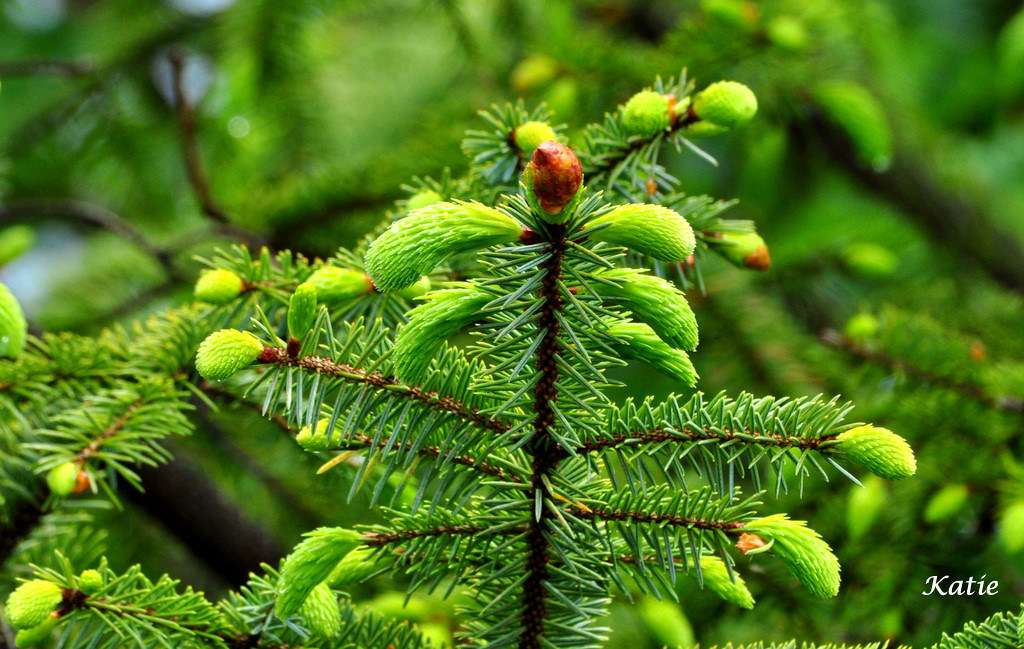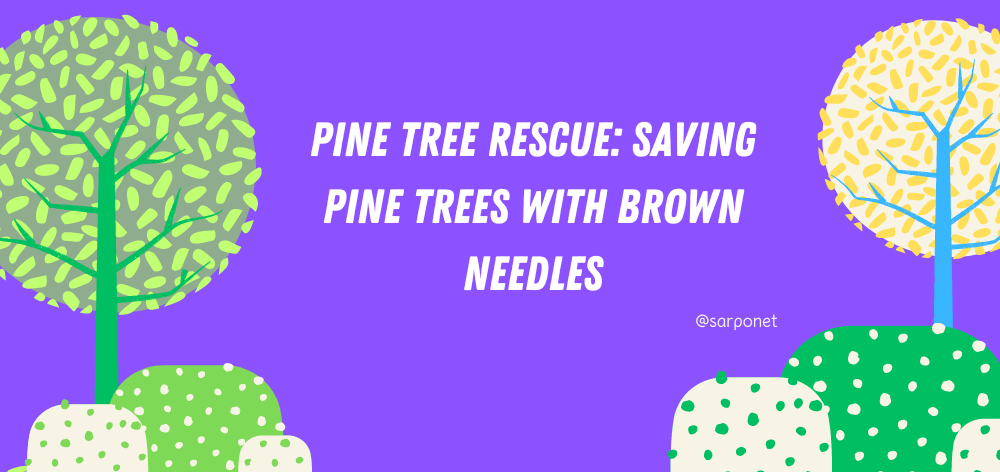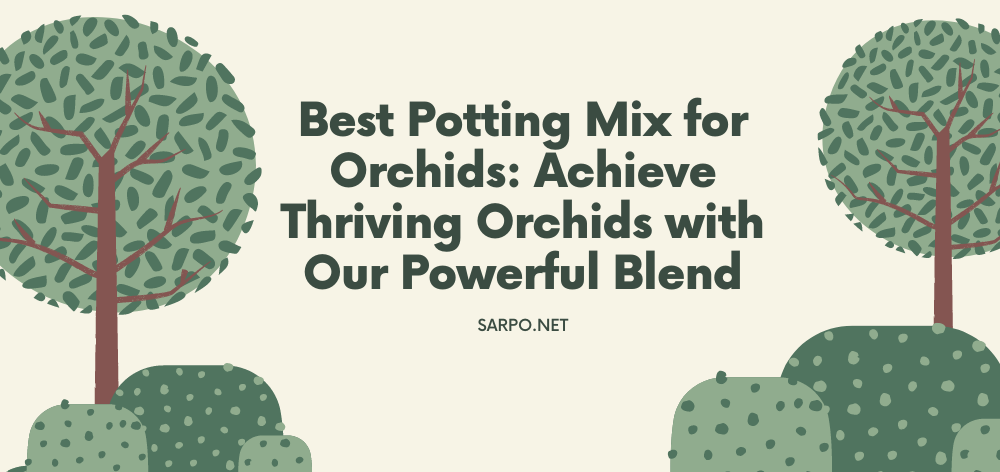Type of Tree That Never Loses Its Leaves
The tree that never loses its leaves is a very special type of tree. This tree is rare and only found in a few places worldwide. The leaves of this tree are different from other trees because they are always green.
This tree does not have to worry about losing its leaves in the fall as other trees do.
Many types of trees never lose their leaves, but one, in particular, is the live oak. This tree is native to the southeastern United States and can grow to be over 100 feet tall. The live oak is an evergreen, meaning it has green leaves all year round.
This type of tree is perfect for those who want a bit of greenery in their yard without worrying about leaf cleanup in the fall. If you live in an area with mild winters, a live oak would be a great addition to your landscape!
Type of Tree That Loses Its Leaves
One of the most common questions we get asked here at the South Asian Research Publishing Organization is what type of tree loses its leaves? The answer might surprise you – all trees lose their leaves! That’s right, every single species of tree sheds its leaves in fall and grows new ones in spring.
There are a few exceptions to this rule. Some tropical trees, like palms, never lose their leaves. And a handful of temperate trees, like live oaks and hollies, keep their leaves year-round.
But for the vast majority of trees, shedding leaves is simply part of the annual cycle. Why do trees lose their leaves? There are a few reasons.
First, it’s a way for trees to conserve energy during the colder months when they can’t photosynthesize as much. Second, it helps them eliminate old or damaged leaves that don’t serve any purpose. And finally, it allows them to focus all their energy on growing new leaves in spring.
So next time you see a tree shedding its leaves, don’t be sad – be happy! It’s just another sign that spring is on its way!
What Do You Call a Tree That Loses Its Leaves
When a tree loses its leaves, it’s called defoliation. Defoliation can happen for various reasons, including disease, pests, and extreme weather conditions. While some trees can regrow their leaves after losing them, others may not be so lucky. In severe cases, defoliation can lead to the death of the tree.
Evergreen Trees
Evergreen trees are an integral part of the landscape in many parts of the world. They are prized for their beauty and their ability to provide year-round interest in the garden. But what exactly is an evergreen tree?
An evergreen tree is simply a tree that keeps its leaves all year round. This is in contrast to deciduous trees, which lose their leaves annually. There are both coniferous and broadleaf evergreens, and they can be found in a wide range of climates across the globe.
One of the most popular evergreens is the Christmas tree. Many people choose to buy a real Christmas tree each year, and these are typically evergreen conifers such as spruce or fir. The needles on these trees stay green throughout the year, making them ideal for use as holiday decorations.
Evergreen trees are also widely used as windbreaks or privacy screens. They can be planted close together to create a dense barrier that blocks noise and nosy neighbors! Evergreens can also be trained into hedges or topiary shapes, adding interest and structure to the garden.
If you’re looking for an attractive, low-maintenance tree for your garden, an evergreen could be a perfect choice. Be sure to do your research before planting though, as some types of evergreens can become quite large!
Small Trees That Don’t Lose Their Leaves
When it comes to trees that don’t lose their leaves, there are actually quite a few options! This is good news for those who want to add a bit of greenery to their landscape without having to deal with the hassle of constantly raking up leaves. Here are just a few small trees that don’t lose their leaves:
1. Japanese Maple – The Japanese maple is a beautiful tree that is perfect for small yards. It has delicate, lace-like leaves that turn stunning shades of red in the fall.
2. Magnolia – The magnolia tree is another popular option for those who don’t want to deal with falling leaves. It has large, glossy green leaves and fragrant flowers that bloom in the springtime.
3. Crabapple – The crabapple tree is a great choice for adding some color to your yard, as its flowers can be pink, white, or even red! Its foliage also turns yellow or reddish in the fall before dropping off.
4. Dogwood – The dogwood tree is known for its showy flowers that bloom in the springtime, but it also has attractive green foliage that will stay on the branches all year long.
5. Holly – Holly trees are an excellent choice if you’re looking for something that will provide some privacy since they can grow quite tall and dense! They have dark green leaves and scarlet berries that make them especially festive during the holiday season.
What are the 14 Trees That Don’T Lose Their Leaves
The fall season is upon us, meaning leaves change color and fall from the trees. But not all trees lose their leaves in the fall. There are actually 14 types of trees that keep their leaves year-round!
Here they are:
- American Holly
- Bay Laurel
- Southern Live Oak
- Sweetgum
- Red Maple
- Sugar Maple
- Beech
- American Hornbeam
- Ironwood Tree
- Ginkgo Biloba Tree
- Redbud Tree
- Magnolia Trees
- Willow Trees
Are There Deciduous Trees That Don’t Lose Their Leaves?
Yes, there are deciduous trees that don’t lose their leaves. The most common type of these trees is the evergreen tree. Other types of deciduous trees include the following:
- Fruit trees: Apple, plum, and pear trees are all examples of fruit trees that don’t lose their leaves.
- Flowering Trees: Some flowering trees, such as dogwoods and magnolias, keep their leaves throughout the winter.
- Trees with Specialized Leaves: There are a few types of trees whose leaves have evolved to stay on the tree year-round.
Examples include live oaks and hollies. Generally speaking, evergreen trees are more common in warmer climates, while deciduous trees predominate in colder regions. This is because evergreen leaves are better at conserving water than deciduous leaves (which must be replaced every year).
Deciduous Trees That Don’t Lose Their Leaves
Deciduous trees are a type of tree that lose their leaves during the fall and winter seasons. Many people think that all deciduous trees lose their leaves, but several types of deciduous trees don’t lose their leaves. These types of trees are called evergreen trees.
Evergreen trees are a type of deciduous tree that keeps its leaves year-round. The leaves of evergreen trees are usually dark green in color and have a waxy coating that helps to keep them from drying out. Evergreen trees are found in many different parts of the world, including North America, Europe, Asia, and Africa.
Some common types of evergreen trees include pine Trees, fir Trees, and spruce Trees. While evergreen trees don’t lose their leaves, they do shed some of their needles each year. This natural process helps the tree get rid of old or damaged needles so that new ones can grow in their place.
Over time, an evergreen tree will shed all of its needles and start anew with a fresh crop!
A Deciduous Tree Does Not Lose Its Leaves Every Year True Or False
A deciduous tree does not lose its leaves every year true or false. This is a common misconception about deciduous trees. While it is true that they shed their leaves annually, this does not mean that they do so every year.
In fact, many deciduous trees only shed their leaves every other year or even less frequently. There are several reasons why a deciduous tree may keep its leaves for more than one season. One reason is if the tree is young and still growing.
Another reason is if the tree is located in an area with a long growing season and ample rainfall. If the conditions are right, a deciduous tree can keep its leaves for several years before shedding them.

Credit: www.goodreads.com
What Tree Holds Its Leaves All Winter?
One tree that holds its leaves all winter is the evergreen. Evergreens are a type of tree that has needles instead of leaves. The needles stay on the tree all year long.
Which Trees Keep Their Leaves the Longest?
One of the longest-lived trees in the world is the sequoia tree. The oldest recorded sequoia was 3,500 years old. Other long-lived trees include cedars, which can live for 1,000 years or more, and bristlecone pines, which can live for 5,000 years or more.
Type of tree that never loses its leaves (CodyCross Crossword Answer)
Are Trees with Red Buds Also Evergreen?
Yes, some common types of red bud trees, such as the Eastern Redbud and the Forest Pansy Redbud, are also evergreen. These trees retain their green leaves throughout the year, while also producing beautiful red buds in the spring, adding color to the landscape.
Frequently Asked Questions:
What’s the type of tree that never loses its leaves?
The type of tree that never loses its leaves is called an u0022evergreenu0022 tree.
Do leaves fall off all trees?
Yes, most trees shed their leaves at some point, typically during autumn. However, evergreen trees retain their leaves throughout the year, shedding old leaves gradually rather than all at once.
What trees keep their leaves the longest?
Evergreen trees, such as pine, spruce, and fir, keep their leaves (needles) throughout the entire year. These trees do not undergo the same seasonal leaf-shedding process as deciduous trees, which lose their leaves in the fall.
Conclusion
Some trees never lose their leaves, and these are called evergreens. The most common type of evergreen is the conifer, which has needle-like leaves. Conifers include fir trees, pine trees, and spruce trees.
Evergreens are found in all parts of the world, from cold climates like Antarctica to hot climates like Africa.
Related Articles
10 Best Small Evergreen Trees with Non Invasive Roots
 Dr Ahsanur Rahman, PHD
Dr Ahsanur Rahman, PHDPine Tree Rescue: Saving Pine Trees with Brown Needles
 Dr Ahsanur Rahman, PHD
Dr Ahsanur Rahman, PHD







